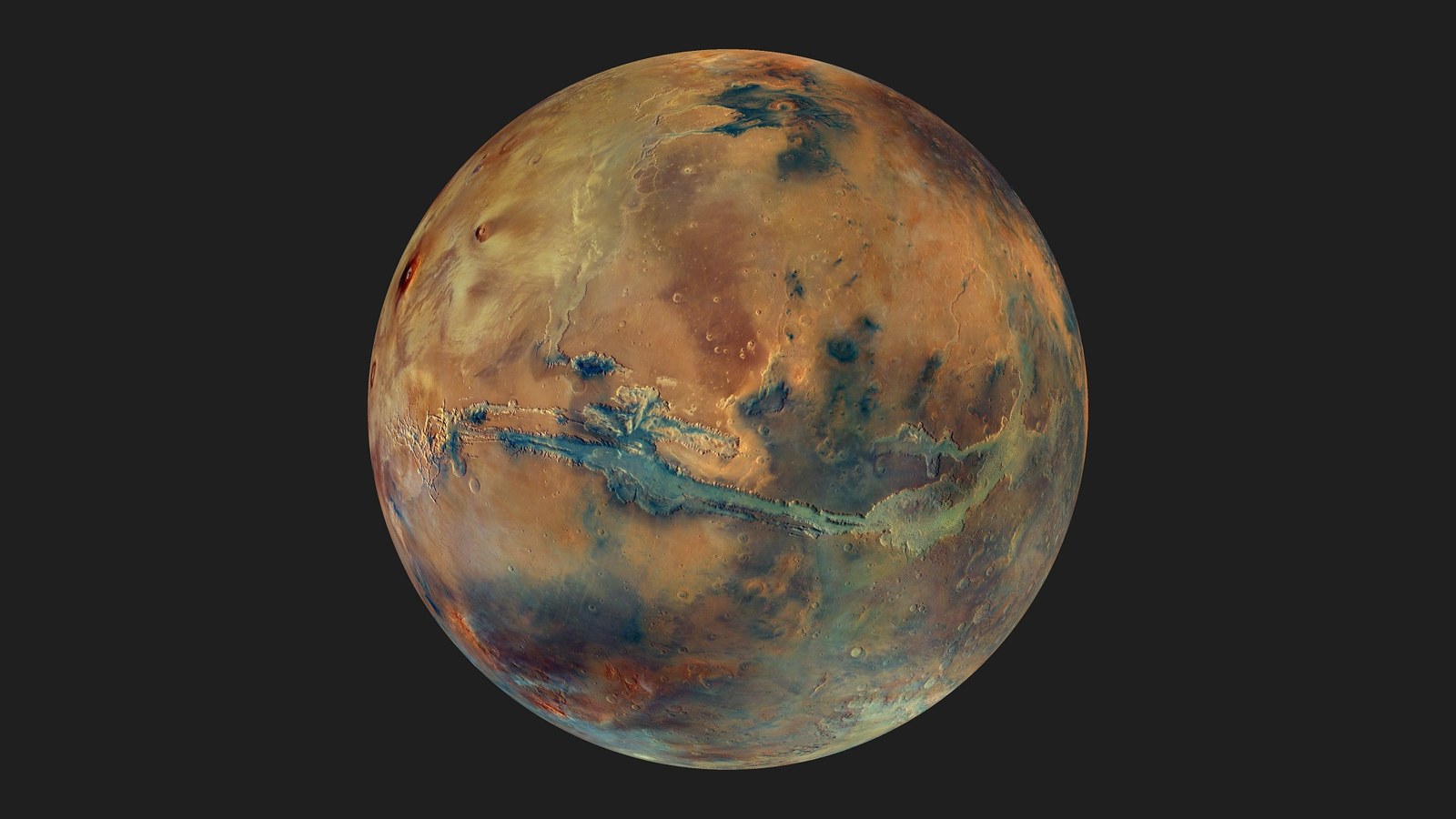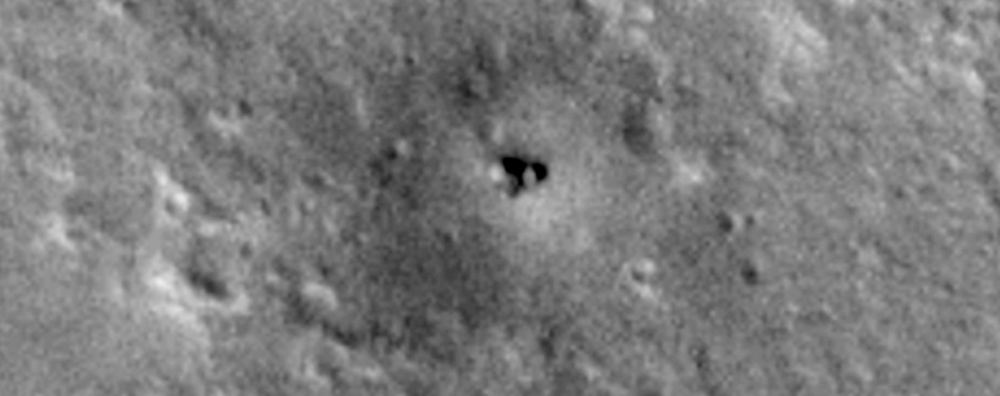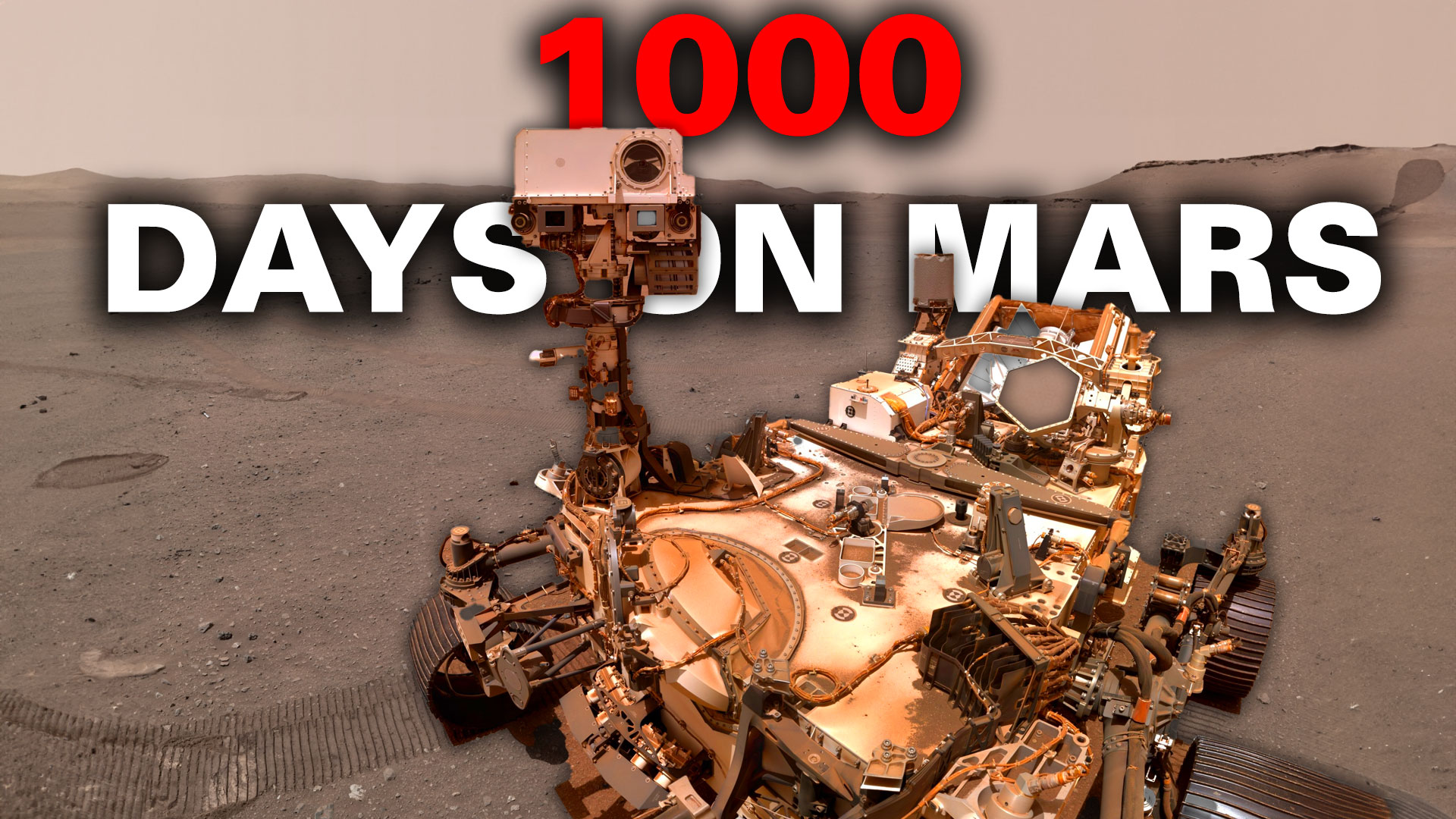It’s been known for years that there are large quantities of water ice locked up in the Martian poles. Around the equator however it is a barren dry wasteland devoid of any surface ice. Recent observations of Mars have discovered frost on the giant shield volcanoes but it only appears briefly after sunrise and soon evaporates. Estimates suggest that 150,000 tons of water cycle between the surface and atmosphere on a daily basis.
Continue reading “Frost Seen on Olympus Mons for the First Time”Frost Seen on Olympus Mons for the First Time










